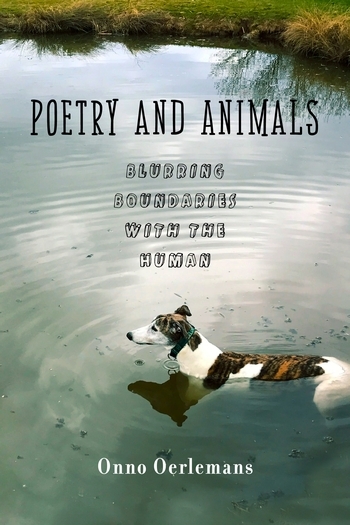Second Read: Writers Look Back at Classic Works of Reportage
This week our featured book is Second Read: Writers Look Back at Classic Works of Reportage, edited by James Marcus and the Staff of the Columbia Journalism Review.
In describing the book Tom Frank writes, “”Let us now praise forgotten nonfiction. It is the fate of great journalism, perhaps, to fade away just a few decades after appearing. Yet that leaves for us the pleasures of rediscovery, which the essays collected in Second Read bring off in superb style.” Here is the beginning to James Marcus’s introduction, which describes the ambition for the book:
“Curiously enough,” Vladimir Nabokov once observed, “one cannot read a book: one can only reread it.” Nabokov, whose appetite for the delicious detail in any work of prose made him a ceaseless advocate of rereading, was mainly talking about fiction. But his comment applies equally to nonfiction.
The first time we read a great piece of reportage, we may be swept away by its narrative dash or fact-finding ardor. Only when we go back to it, days or years or decades later, do we discover its hidden charms. The second time through, we latch onto the reflexive, glinting irony in Peter Fleming’s Brazilian Adventure or the surrealistic touches in Gabriel Gárcia Márquez’s The Story of a Shipwrecked Sailor. John McPhee’s Annals of the Former World suddenly seems a warmer work, less about auriferous gravels and more about the people who study them. And only in retrospect do we recognize Cornelius Ryan’s The Longest Day as a precursor of the New Journalistic fireworks that were to follow.
With these thoughts in mind, the Columbia Journalism Review launched its Second Read series in 2004. The idea was to get distinguished journalists to look back at the books that truly fired their imagination—the books, often, that made them want to be journalists in the first place. We had no particular syllabus to construct: the authors chose their subjects on the basis of pure enthusiasm. Yet the essays gathered in this collection do amount to a snapshot history of mid-century American journalism (with a handful of chronological and geographical outliers). The major events and upheavals are all here, captured by many of the century’s most memorable voices: the Great Depression, World War II, the assassination of JFK, the ideological earthquake of the late sixties, the rise of environmentalism, and the perpetual skirmishing of identity politics.
Second Read also suggests a number of contrasting models for contemporary journalism. Should reporters be participants in the events they are covering, or even (if we are to follow the trails blazed by Tom Wolfe and Norman Mailer) characters in their own stories? Or should they stick to a more traditional conception of reportorial conduct, in which the journalist assembles a hoard of factual material without ever showing his or her hand? When Rachel Carson wrote Silent Spring, she was very much an advocate, and the same thing could be said of Palagummi Sainath, who set out to prick India’s communal conscience with Everybody Loves a Good Drought. But when A. J. Liebling zeroed in on Earl Long’s electoral shenanigans, he seemed intent on suspending judgment—on presenting the florid facts and nothing more. As journalism enters a new century (and incidentally, as CJR celebrates its fiftieth year of publication, in 2011), there is no single, satisfactory path to follow. Instead there are many, and we hope this collection will function as something of a road map.



